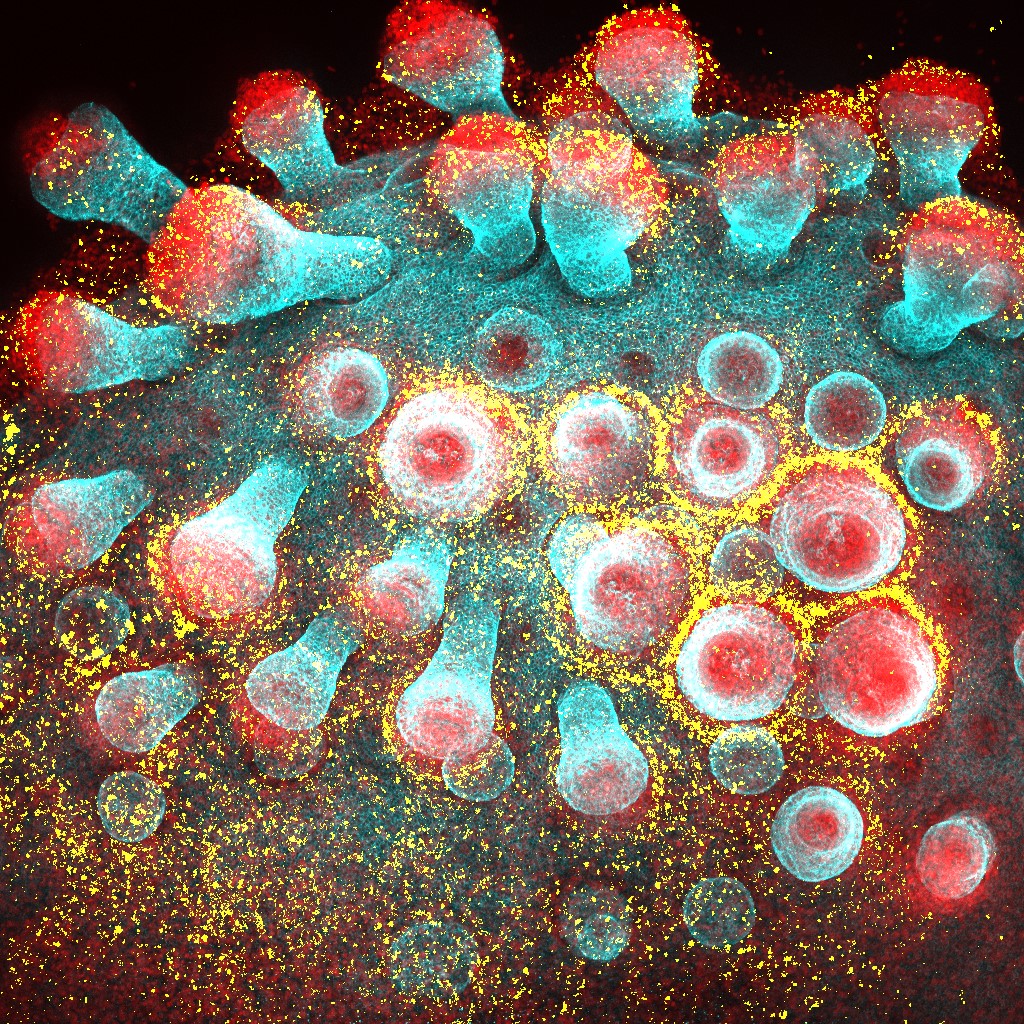Monkeypox, or Mpox virus, is an infectious disease circulating in tropical Africa. In 2022, an epidemic of Mpox emerged in over a hundred countries, mainly in Europe and the USA. Although this disease appears less severe than smallpox, serious complications, including skin lesions or extensive lesions, cases of superinfection and deaths have been reported. There is, therefore, an urgent need to better understand the pathophysiology of this infection to develop effective treatments.
As this disease affects the skin, researchers at IRIG, in collaboration with a Dutch team from the Universities of Rotterdam and Leiden, have developed cutaneous
organoids derived from human stem cells that reproduce the characteristics of the skin. These organoids could represent a robust experimental model (ref.
1, 2). In contact with the Mpox virus, they overexpress viral genes that modify the host's genetic information. The researchers' studies show that treatment with the antiviral tecovirimat inhibits the production of infectious particles, confirming the potential of this model.
 Figure: skin organoids (blue) infected with the Mpox virus (yellow). Red: Cell nuclei
Figure: skin organoids (blue) infected with the Mpox virus (yellow). Red: Cell nuclei
These discoveries contribute to a better understanding of the skin lesions associated with Mpox virus infection. The use of human organoids, therefore, seems an interesting avenue for facilitating, or even accelerating, the discovery of treatments for other emerging diseases in the future.
organoid: 3D structures cultivated in vitro that self-organize and reproduce certain functions of the real organ.